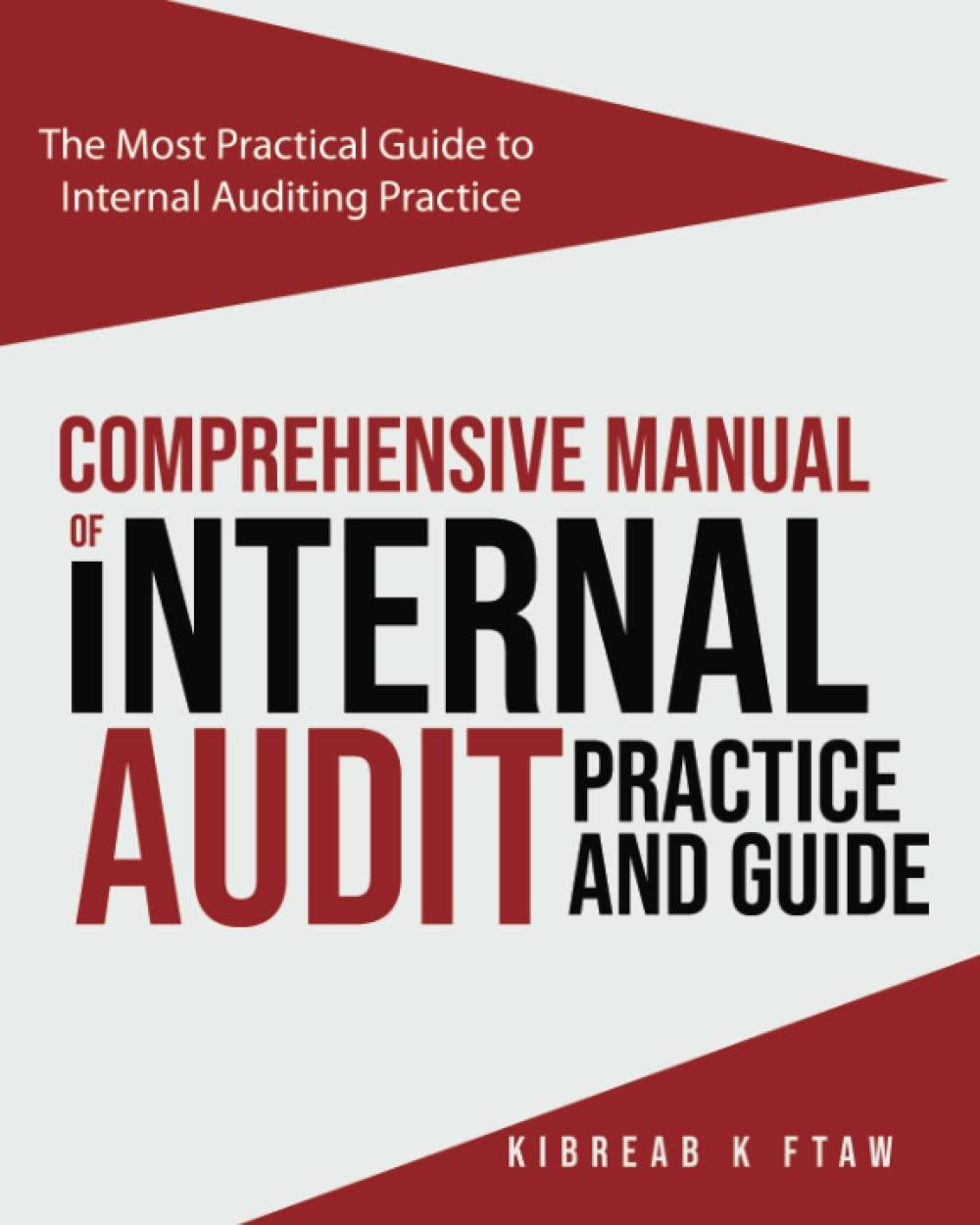Question
CHAP 20 Q1: Fixed manufacturing costs are $36 per unit, and variable manufacturing costs are $108 per unit. Production was 131,000 units, while sales were
CHAP 20 Q1:
Fixed manufacturing costs are $36 per unit, and variable manufacturing costs are $108 per unit. Production was 131,000 units, while sales were 123,140 units.
a. Determine whether variable costing income from operations is less than or greater than absorption costing income from operations. Variable costing income from operations is less than absorption costing.
b. Determine the difference in variable costing and absorption costing income from operations. $
Q2:
The beginning inventory is 15,500 units. All of the units that were manufactured during the period and 15,500 units of the beginning inventory were sold. The beginning inventory fixed manufacturing costs are $46 per unit, and variable manufacturing costs are $95 per unit.
A. Determine the difference in variable costing and absorption costing income from operations
Q3:
Variable manufacturing costs are $112 per unit, and fixed manufacturing costs are $72,000. Sales are estimated to be 3,600 units.
If an amount is zero, enter "0". Do not round interim calculations. Round final answer to nearest whole dollar.
a. How much would absorption costing income from operations differ between a plan to produce 3,600 units and a plan to produce 4,800 units? $
b. How much would variable costing income from operations differ between the two production plans? $
Q4:
The following data are for Cabin Craft Apparel:
| East | West | |
| Sales volume (units): | ||
| Shirts | 6,600 | 6,700 |
| Shorts | 5,200 | 9,000 |
| Sales price: | ||
| Shirts | $17 | $15 |
| Shorts | $21 | $19 |
| Variable cost per unit: | ||
| Shirts | $10 | $10 |
| Shorts | $13 | $13 |
a. Determine the contribution margin for Shorts. $
b. Determine the contribution margin for the West Region. $
Q5:
The actual price for a product was $35 per unit, while the planned price was $41 per unit. The volume decreased by 6,100 units to 75,800 actual total units. Enter all amounts as positive numbers.
| a. Determine the sales quantity factor. | $ | |
| b. Determine the unit price factor for sales. | $ |
Step by Step Solution
There are 3 Steps involved in it
Step: 1

Get Instant Access to Expert-Tailored Solutions
See step-by-step solutions with expert insights and AI powered tools for academic success
Step: 2

Step: 3

Ace Your Homework with AI
Get the answers you need in no time with our AI-driven, step-by-step assistance
Get Started


